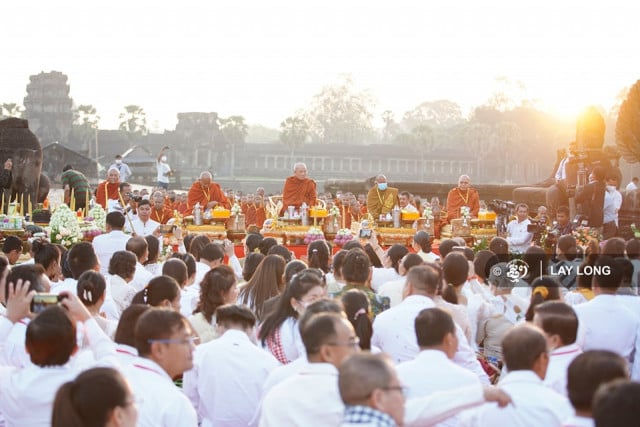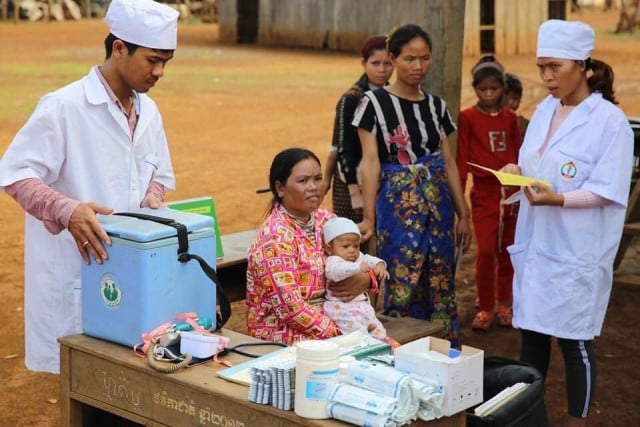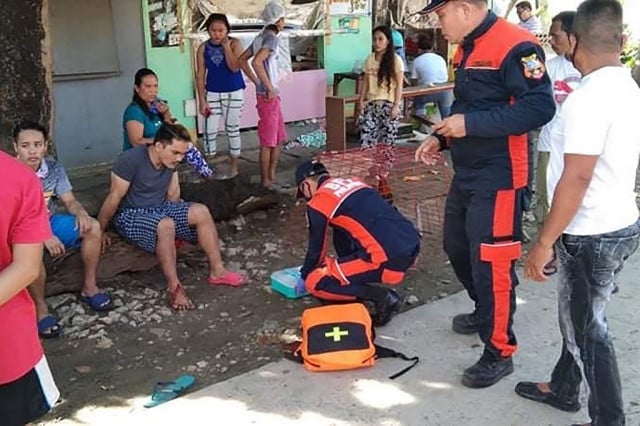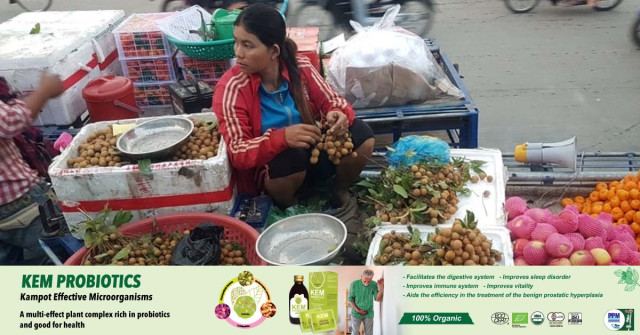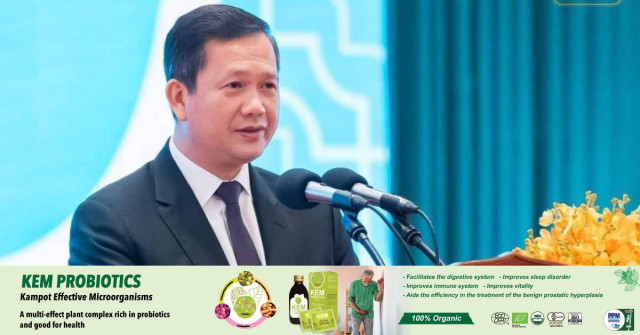Regenerative Agriculture gaining precedence in Cambodia
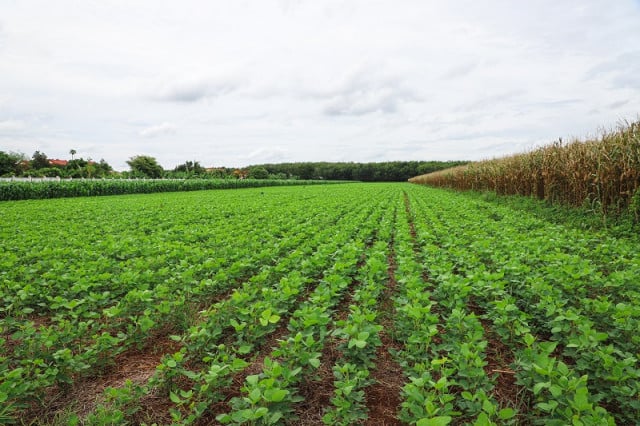
- By Cambodianess
- September 14, 2022 11:20 AM
PHNOM PENH -- Climate Change is affecting lives around the world. To address this and other global issues, on 25 September 2015, at the United Nations, the World Leaders adopted the 2030 Agenda for Sustainable Development which includes a set of 17 Sustainable Development Goals (SDGs) and 169 associated targets. Within that framework, SDG 15 aims “To protect, restore and promote sustainable use of terrestrial ecosystems, sustainably manage forests, combat desertification, and halt and reverse land degradation and halt biodiversity loss”.
Land degradation is a prominent issue for Cambodia as it can severely influence populations' livelihood by restricting people from vital ecosystem services (including food and water) and increasing the risk of poverty. Therefore, achieving Land Degradation Neutrality (LDN) is important to meet the Royal Government of Cambodia’s (RGC) objectives for food security, poverty reduction, and increased climate resilience and competitiveness of farming systems.
There are multiple mitigation and adaptation measures to combat land degradation. Among those, land-based mitigation options rank among the most cost-effective opportunities to sequester carbon emissions. Economic evaluations of various climate change mitigation alternatives show that capturing carbon through restoring degraded lands (including degraded) is a cost-effective option that offers multiple co-benefits.
Therefore, there is a need for the Cambodian agriculture sector to reinvent itself by shifting from increased production through land expansion towards Regenerative Agriculture (Conservation Agriculture and Sustainable Intensification).

Regenerative Agriculture describes farming and grazing practices that, among other benefits, reverse climate change by rebuilding soil organic matter and restoring degraded soil biodiversity – resulting in both carbon drawdown and improving the water cycle. These benefits results from the practice of minimum mechanical soil disturbance. (i.e. no tillage) through direct seed and/or fertilizer placement, implementing permanent soil organic cover with crop residues and/or cover crops and species diversification.
Regenerative agriculture initiatives in Cambodia
The practice of regenerative agriculture including conservation agriculture and sustainable intensification (CA/SI) has been gaining momentum in Cambodia; however, it is still in its nascent stage. The work on CA/SI has been vastly researched but practiced mainly on stations (Bos Khnor, Kampong Cham) and on small farmers’ networks and is being driven primarily by MSMEs.
The development of regenerative agriculture in Cambodia has been benefited from the technical and financial support from various development projects and programs with institutional support and commitment from the Royal Government of Cambodia through the Ministry of Agriculture, Forestry and Fisheries since the commencement of the design and testing of CA-based cropping in different agroecological systems in Cambodia in 2004. Diversification and Smallholder Rubber Development Project (SRDP) Phase 2, funded by the French Agency for Development (AFD) and implemented by the General Directorate of Rubber of Ministry of Agriculture, Forestry and Fisheries (MAFF) in partnership with the Centre de Coopération Internationale en Recherche Agronomique pour le Développement (CIRAD).
Over the years, regenerative agriculture has moved from the domain of research to commercialization. Service provision of regenerative agriculture implements, and technologies started in 2013. However, for a sustainable change to occur in farming systems, private sector engagement was crucial. From 2018 to 2020, the Swisscontact’s Mekong Inclusive Growth and Innovation Programme (MIGIP) and Conservation Agriculture Service with a Fee (CASF) project supported in private sector engagement. Finally in 2021, regenerative agriculture was also included in the domain of policy dialogue and extension services through initiatives such as Conservation Agriculture and Sustainable Intensification Consortium (CASIC) and MetKasekor. All these efforts have proved effective as Cambodia saw an exponential growth in the uptake of regenerative agriculture over the past decade.
Systems approach for Regenerative Agriculture
Six systems (as shown in the image below) that need to work in cohesion to effectively facilitate the uptake and adoption of regenerative agriculture have been visualized. Multiple development partners and programs, like Centre de Coopération Internationale en Recherche Agronomique pour le Développement (CIRAD), the Feed the Future Innovation Lab for Collaborative Research on Sustainable Intensification at Kansas State University (SIIL/KSU) and the Centre of Excellence on Sustainable Agricultural Intensification and Nutrition (CE SAIN) – housed in Cambodia's Royal University of Agriculture (RUA) and Swisscontact are supporting the initiatives under the systems. The various development agencies supporting the partners and programs include Agence Française de Développement (AFD), Fonds français pour l'environnement mondial (FFEM), Swiss Agency for Development and Cooperation (SDC) and United States Agency for International Development (USAID).
The Government counterparts that the collaborating partners are working with are the Department of Agricultural Extension, Forestry and Fisheries (DEAFF), Department of Agriculture Engineering (DAENG), Department of Agriculture Land Resource Management (DALRM), Department of Rice Crop (DRC) and Department of Crop Seeds (DCS).

Figure: Systemic Approach to regenerative agriculture
The six systems include:
Research: Centre of Excellence
To promote R4D on agroecology practices, strengthen research and agroecology skills and improve R4D infrastructure and capacity with the objective to accelerate the transition to Regenerative Agriculture, the Bos Khnor Center under DALRM to function as Centre of Excellence for Research for Development (R4D) in the agroecology.
Skills/Human Resources
To develop skills and human resources in Regenerative Agriculture, the InGuider Model, among others serves as an education and apprenticeship platform connecting higher education and private sectors in the field of Agroecology.
Government coordination mechanism
To strengthen coordination and support stakeholders to promote regenerative agriculture, the Government established Conservation Agriculture and Sustainable Intensification Consortium (CASIC) functions as a national mechanism that collaborates and coordinates with a network of organizations that are implementing activities related to Conservation Agriculture (CA) in Cambodia.
Extension (MetKasekor)
To provide technical information and know how to facilitate the adoption of regenerative agriculture, “MetKasekor’’ (meaning farmers’ friend in Khmer), an initiative of the Government of Cambodia, functions as an early adopter led extension service model, which focuses on ’opening the market’ for private sector investments on Sustainable Intensification via government agents and the private sector to smallholder farmers in Cambodia.
Technologies and practices
To strengthen the commercialization of technologies and practices related to regenerative agriculture, multiple initiatives have been established and are being implemented by development partners.
Transition Financing (Dei Meas)
To address the challenges of incentivizing farmers on change of practice and ultimately facilitating the transition towards Regenerative Agriculture, Dei Meas (Golden Soil) has been designed to function as a financial mechanism to reward farmers for their investment into the production of ecosystem services and public goods.
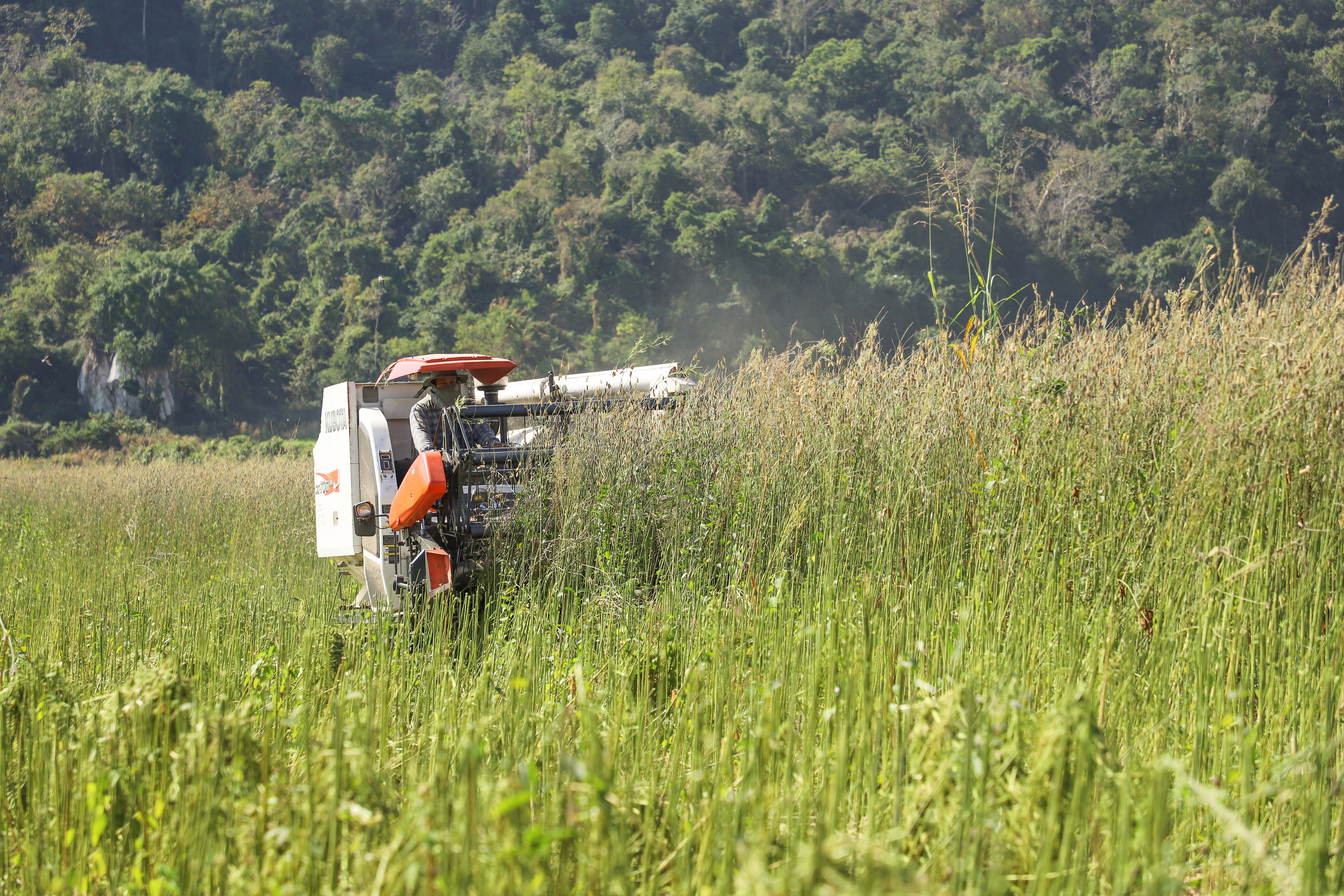 It is well known that most of the agricultural production in Cambodia is dependent on the monsoon rain and natural floods/recession of the Tonle Sap River and Lake and are restricted to growing single crop during the wet season. This leaves small holder farmers particularly vulnerable to climate change given their high dependence on rainfall and minimal crop diversification. This, coupled with the threat of land degradation and soil fertility depletion, agricultural intensification has entailed the destruction of Cambodia’s natural assets.
It is well known that most of the agricultural production in Cambodia is dependent on the monsoon rain and natural floods/recession of the Tonle Sap River and Lake and are restricted to growing single crop during the wet season. This leaves small holder farmers particularly vulnerable to climate change given their high dependence on rainfall and minimal crop diversification. This, coupled with the threat of land degradation and soil fertility depletion, agricultural intensification has entailed the destruction of Cambodia’s natural assets.
The six initiatives in cohesion play a significant role in accelerating the uptake of regenerative agriculture practices in Cambodia. This is not only significant for Cambodia’s vision of a carbon neutral economy, its commitments to Land Degradation Neutrality and to the UN (United Nations) conventions but also has on-ground implications as it plays a huge role in supporting smallholder farmers and service providers to increase their productivity and income.
The article is written by Pritesh Chalise, a Knowledge Management Lead, Innovation for Sustainable Agriculture Project (ISA)






